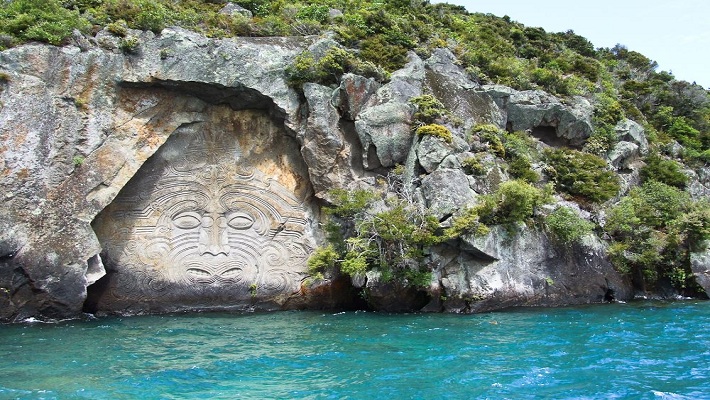
It has been said that the Maori community landed in New Zealand hundreds of years ago. In May 2022, the population was estimated to be around nine lakhs.The female population outnumbers the male population. There is a place called Chatham Islands where a huge number of people can be seen, with a percentage of 66.1. Seeing them in the frame, you may think they are very rough in nature, but in fact they are very friendly and welcoming.
There is a saying that their ancestors originated from the Pacific island on canoes prior to 1300 C.E. Basically, they were hunters. A small percentage of the population lived in small tribal groups with strong traditions. They give high importance to the culture and are referred to as the "important community of New Zealand."
A look into the Maori culture
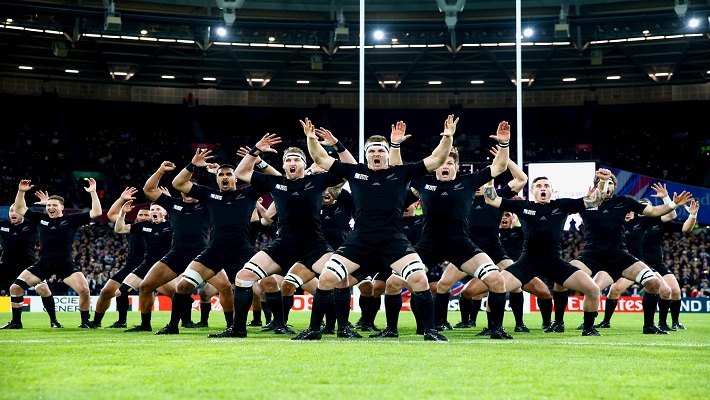
The Maori have a wealthy culture and a historical one. The stories are passed down from parent to child orally – tales that talks about the formation of the islands of New Zealand and many.
Maraes, It is a venue where they join together and provides higher importance for social, cultural, and spiritual life in the community. It also has a meeting house and a dining room.
Kia Ora! The word used to welcome others Dance plays a significant role in their culture. Kapa haka, the combination of singing, dancing, and facial expression. Most interestingly, this dance is performed by all the Blacks (the national rugby team) before every game.
Additionally, the land is also a crucial factor in Maori culture.
The spoken language
Te Reo, the language used to communicate by the folks. Even though, English is spoken by the majority of the population, Te Reo is the official language along with sign language.
The Maori language was on the verge of extinction in the 1970s when a revival began. Furthermore, the new rule was enacted in 1987, making Te Reo the official language of Aotearoa, New Zealand.
The Maori Language Act 2016 was adopted by Parliament in April 2016. Te Mātāwai, the act was put into force in order to lead te reo Mori revitalization on behalf of iwi and Mori. Later, Rotorua was the first place to announce being bilingual in Te Reo Maori and English.
Te Reo is now taught alongside English in the majority of New Zealand's schools.
Arrival of Europeans
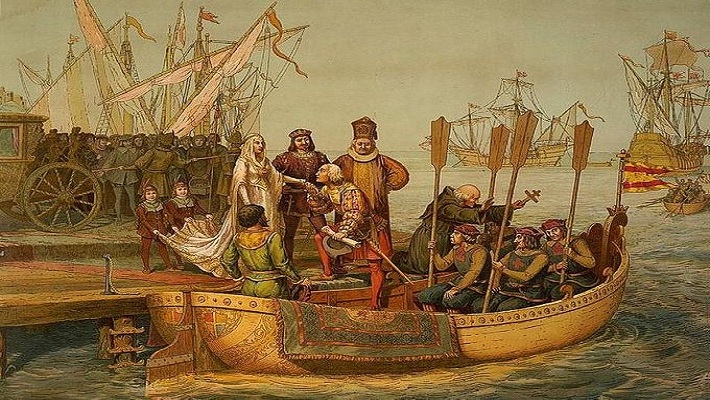
It was in 1642 that Dutch voyagers first discovered New Zealand. In the mid-17th century, in 1769, a young European named Nick Young boarded a British exploration ship and saw the East Cape of New Zealand. Also, Captain James Cook reached and mapped the nation. By the end of 1779, the British East India Company had expanded their charter to include the Kiwi land.
Subsequently, the colonisation began when whalers, settlers, sealers, traders, and missionaries began to reach New Zealand.
The numerous arrivals caused land wars and bloodshed between the Maori and the people who wanted to settle there. The Treaty of Waitangi was inked in 1840 by various Maori leaders, which allowed the British royal family to rule over parts of New Zealand. Then in 1845, a Maori chief named Hone Heke headed a rebellion on the north island. The war has begun in Maori land.
Unfortunately, he lost the war, and the racial tension continued. After a decade, to achieve unity, many tribal people joined to elect chief Te Wherowhero as their king. Again, the war has taken place, and eventually the maori leader was forced to withdraw from the war. He went off to a deserted area where the British decided not to chase him.
As a result of this war and illness, the Maori community diminished drastically. But as life in New Zealand improved along with education and health, the birth rate began to rise.
Maori’s progress in the 20th century
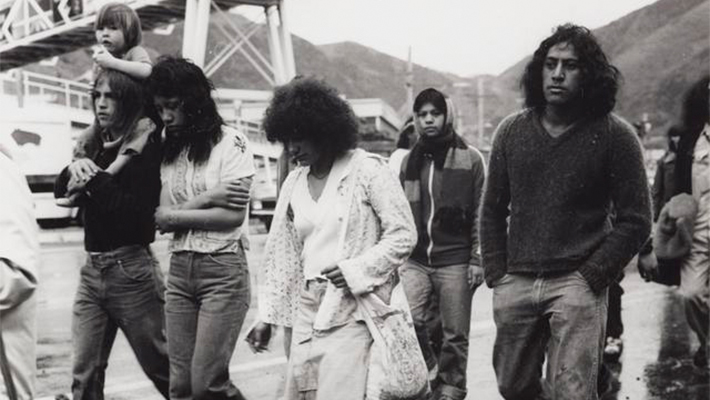
After the conclusion of the Second World War, the communities started moving to the cities to find jobs. They even protested for the land and aided in bringing about new advancements in their language and culture. Besides, various events had taken place, such as the March on the North Island to Parliament in the 1970s and the formation of the Waitangi Tribunal in 1975 to investigate suspected breaches of the treaty.
Life at present
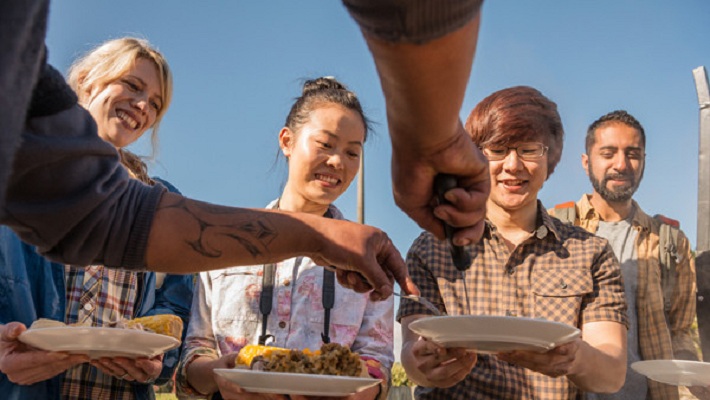
They had a tough life in ancient times, but now things have changed in a positive way. Nowadays, there are schools with the Maori language, a couple of television channels, and 21 radio stations. They have also made decent contributions in music, art, and films.
Summing up, whoever the people and whatever the culture, everyone should be treated equally across the globe. In this present age, the Maori are one of the most respectful communities across New Zealand.







